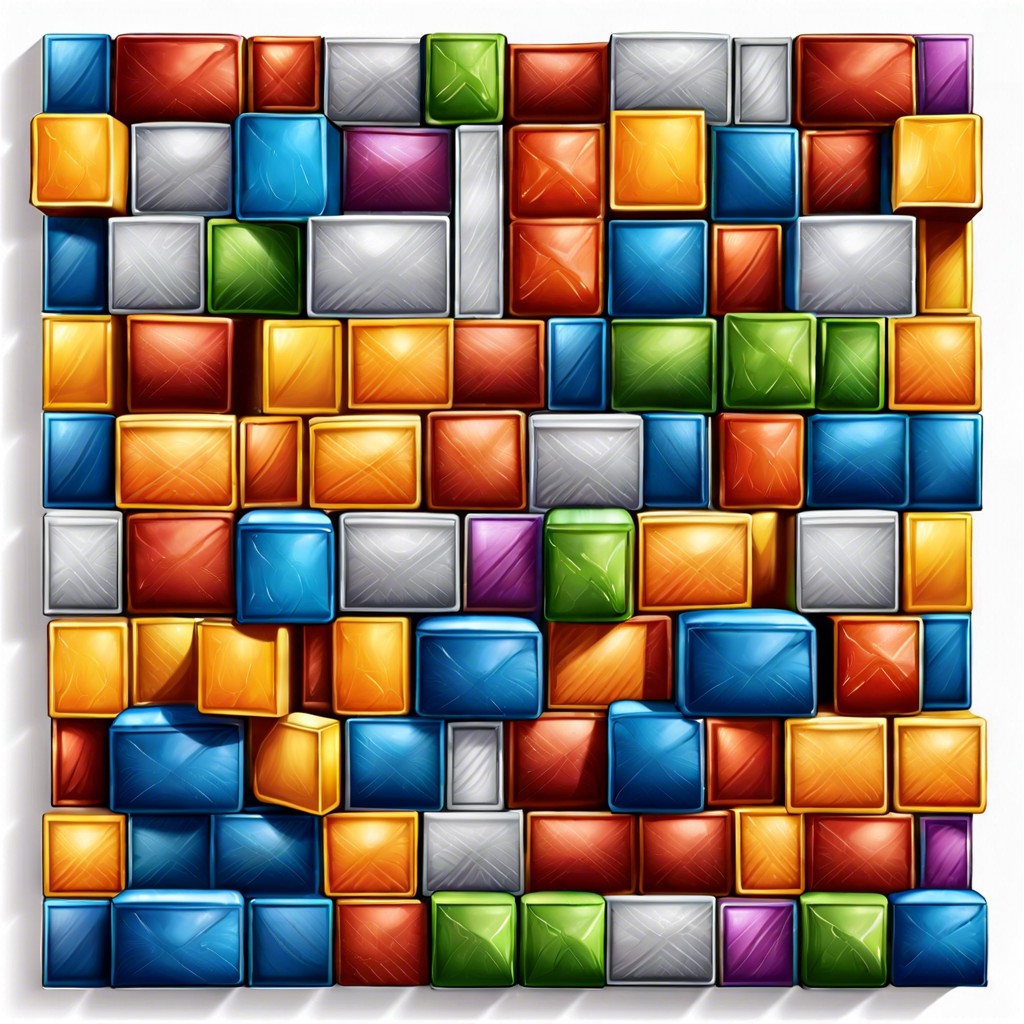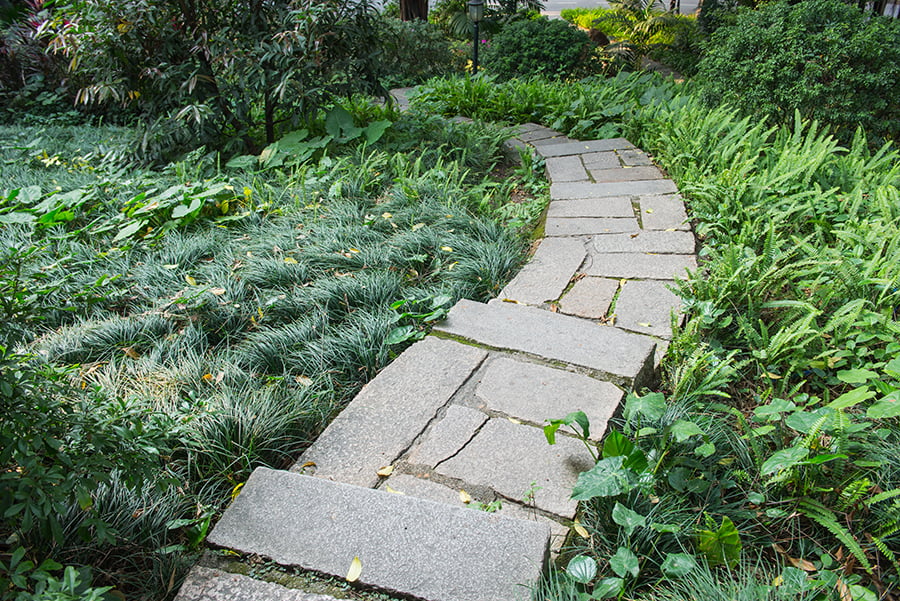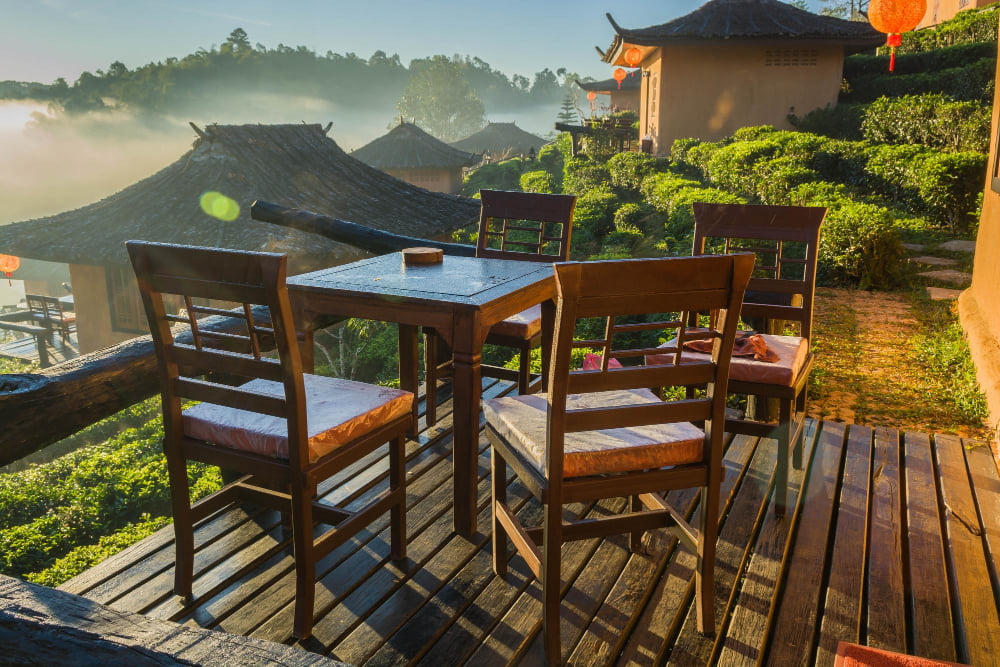Discover the diverse types of wall blocks and their applications in construction and landscaping projects, ensuring you choose the right material for your next endeavor.
Key takeaways:
- Concrete blocks are strong and affordable for various construction projects.
- Stone wall blocks provide a natural and elegant aesthetic.
- Brick wall blocks offer a classic appearance and versatility.
- Interlocking blocks are easy to install without mortar.
- Consider factors like function, appearance, and climate when selecting wall blocks.
Types of Wall Blocks

When embarking on your landscaping or construction project, understanding the variety of wall blocks available can be invaluable. Each type comes with unique features tailored for specific applications, from ornamental garden walls to sturdy structures designed to hold back soil.
Concrete blocks are a popular choice due to their strength and affordability. They’re ideal for constructing a robust retaining wall or as the foundational element for a more decorative finish. For those looking for a more natural aesthetic, stone wall blocks—ranging from elegant granite to rugged limestone—can provide a timeless look. They are often used in projects where the design is as important as functionality.
Brick wall blocks offer a classic appearance and come in numerous colors and finishes. Although typically used for freestanding walls or building façades, they can also be employed in the creation of charming garden walls. Meanwhile, interlocking blocks are a DIYer’s dream, designed to fit together without the need for mortar, making installation a breeze.
Cinder blocks, lighter than their concrete counterparts due to their porous nature, are an excellent choice for non-load-bearing partitions or temporary structures. Their hollow centers can also be filled with concrete to enhance strength if needed.
Lastly, eco-friendly options such as rammed earth blocks or recycled plastic units offer an alternative for environmentally-conscious consumers. These materials not only reduce the ecological footprint but also bring unique textures and characteristics to the build.
By selecting the right type of wall block, not only will you ensure the integrity of your structure, but also enhance the aesthetic appeal of your space. Consider the functions and look you desire to achieve the perfect marriage of form and function.
Overview of Wall Block Varieties
Delving into the world of wall blocks, you’ll find a surprising variety to choose from, each suited for different projects and aesthetic tastes. Take concrete wall blocks, for example – they are a popular choice for their durability and strength, making them ideal for constructing retaining walls that withstand the pressures of soil and water.
Then there are natural stone blocks, which bring a touch of elegance and a robust, timeless look to any landscape design. Perfect for garden borders and features, these blocks blend seamlessly with natural surroundings.
Brick wall blocks also hold their own, offering a classic and versatile option that suits both modern and traditional settings. They come in an array of colors and can be laid in numerous patterns for a personalized touch.
For environmentally conscious builders, recycled plastic wall blocks present an innovative and eco-friendly alternative. Not only do they help in reducing waste, but they’re also lightweight and easy to install.
Engineered wall blocks are tailored for specific structural requirements, with precision and uniformity that make them suitable for large-scale and commercial projects.
Regardless of the type you choose, your walls will benefit from the particular characteristics each block offers. Matching their unique properties to your project’s needs will ensure both functionality and aesthetic appeal.
Key Characteristics and Advantages of Top Wall Block Choices
Understanding the properties of various wall blocks can help tailor your selection to the specific needs of your project.
Concrete blocks are favored for their strength and durability, giving structures the capacity to withstand the test of time and elements. With a higher weight, they provide stability, especially for retaining walls that need to combat soil pressure.
Brick wall blocks, on the other hand, are chosen for their aesthetic appeal and traditional look. They are ideal for projects where appearance is paramount, and they come in a variety of colors and finishes that can complement any landscape design.
For environmentally conscious projects, eco-friendly wall blocks made from recycled materials offer a sustainable option. These can also provide unique textures and colors, contributing to a green design without compromising on strength.
Natural stone blocks bring a touch of elegance and a sturdy structure to freestanding walls. Their irregular shapes and varied colors can create a rustic or sophisticated look based on placement and combination.
Lastly, lightweight blocks are suitable for non-load-bearing walls or small garden features. Easy to handle and install, they allow for quick construction and can often be repositioned with minimal effort.
Each wall block type presents its own set of advantages, whether it’s concrete’s resilience, brick’s traditional charm, eco-friendly options, natural stone’s elegance, or the versatility of lightweight blocks. Consider these key characteristics to match your functional and aesthetic needs.
Selecting the Right Wall Blocks for Your Project
Understanding the purpose of your wall is crucial in choosing the appropriate blocks. If you aim to construct a freestanding wall, such as a garden wall or a partition, consider blocks that are aesthetically pleasing on all sides. These often come in various shapes, colors and textures to complement your landscape or interior space.
For retaining walls, which are designed to hold back soil, you’ll need sturdier, heavier blocks that interlock for added stability. Analyzing the height and the load of the retaining wall will also determine whether additional reinforcement, such as geogrid, is necessary to prevent collapse.
Climate is another factor to consider. In areas with frequent freeze-thaw cycles, wall blocks should be manufactured to withstand these conditions to avoid cracking. Blocks that are not rated for severe weather conditions could deteriorate faster, leading to increased maintenance or replacement costs.
Pay attention to the size and scale of the blocks in relation to your project area. Larger blocks can cover more area with fewer units and might be more cost-effective for big projects; however, they can be more challenging to handle and install. Smaller blocks offer more design flexibility but might take longer to install.
Lastly, reflect on the long-term maintenance of the wall blocks you select. Some materials may require sealing to retain their color and resist stains, while others might offer a low-maintenance solution if that is a priority for your project. Always consider the overall cost including installation and long-term upkeep when making your choice.
Differences Between Freestanding and Retaining Walls
When embarking on your wall project, the distinction between freestanding and retaining walls is crucial. Each serves a unique purpose, and selecting the wrong type can result in functional and aesthetic challenges.
Freestanding walls are versatile structures that often serve as fences, decorative perimeters, or feature walls within landscapes. They are designed to be stable from all angles, featuring two faces and a cap for a polished look. These walls stand independently and do not bear significant lateral earth pressure, hence their ‘freestanding’ designation.
Retaining walls, on the other hand, are specifically engineered to combat gravity. Their purpose is to hold back soil and prevent erosion by managing sloped terrains. The design of a retaining wall includes considerations for proper drainage and reinforcement to withstand the constant pressure from the soil it retains.
Choosing between these two depends on whether you need to enclose a space aesthetically or provide a functional solution to changes in ground elevation. The difference lies in their structural necessities—while a freestanding wall may prioritize design flexibility, a retaining wall focuses on strength and stability.
Understanding these fundamental purposes will ensure that your wall blocks serve your needs for years to come, blending form, function, and finesse in outdoor spaces.




